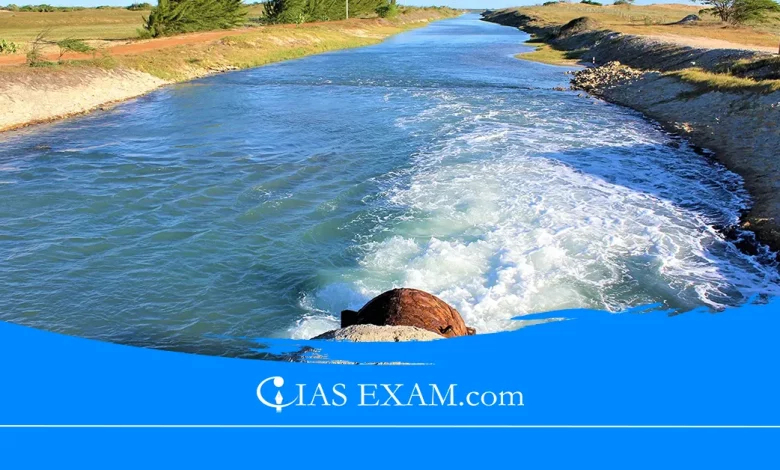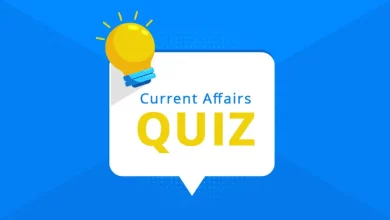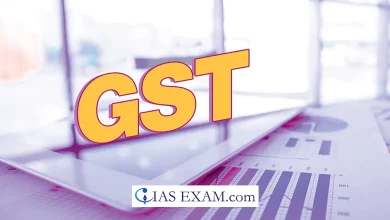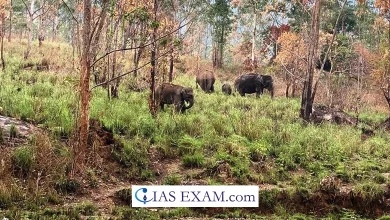New Guidelines for Solid Waste Management in Aquaculture
Syllabus: Environment [GS Paper-3]

Context
The government has recently implemented new rules to encourage sustainable practices in coastal aquaculture by providing guidelines for solid waste management.
More on News
- The Indian government has issued a new guideline for dealing with solid waste at the farming sea area to support the sustainable development pattern in aquaculture.
- These instructions cover all lines of the production and aim at recycle generation, at the same time waste disposal is made with waste in mind.
- Today, India contributes a huge waste and just as much of it is collected and disposed of in a dangerous way.
- An execution of the above guidelines shall be a critical component that will help in tackling the environmental and health concerns that are littered by the poorly managed waste.
About the Guideline for Waste Management in Aquaculture
- The direction here is comprising an effective waste management strategy that would include the standard operating procedures, further prescribing the preventative measures, and more importantly on proper waste disposal.
- Each section should separate waste, work on how to ship the waste, and then utilise possibilities for using the waste like reusing and recycling.
- Burning of plastic is not allowed and treatments of runoff and in-house sewage must follow the regulations.
- The recommended waste management practices are diverse, and safety standards must be observed.
- Special storage areas and the way this waste is disposed of is another concern, with differentiating places for degradable and non-degradable recyclable waste.
Key Aspects
- Sewage management in aquaculture is of paramount importance to the establishment of a sustainable and environment-friendly production in aquaculture.
- Good waste management, on that note, not only guards the environment but also ensures the good health of the aquatic species under aquacultural cultivation.
Here are some detailed guidelines:
Waste Characterization and Quantification
- Identify Types of Waste: Be aware of the various types of solid waste produced while aquaculture, like solids used as feed, excreta nitrogenous wastes, dead fishes, and harvesting wastes.
- Quantify Waste: Measuring the amount of waste on the annual level will help in planning and implementing waste management strategies.
Waste Reduction at Source
- Optimise Feeding Practices: Utilise superior grade grains and effective feeding systems to reduce wastage due to uneaten feeds.
- Select Appropriate Species and Stocking Densities: Balancing the amount of stock or preventing overstocking is necessary as it can cause the creation of a lot of waste.
Waste Collection and Separation
- Efficient Collection Systems: Implement systems for the prompt and efficient collection of solid wastes.
- Separation at Source: Separate different types of solid waste at the point of generation for more effective management.
Treatment and Processing of Waste
- Composting: Organic waste like dead fish and plant material can be composted.
- Anaerobic Digestion: Can be used for biogas production from organic waste.
- Recycling: Some solid waste, like plastics used in ponds or tanks, can be recycled.
Proper Disposal
- Safe Disposal Sites: Ensure that the disposal of waste does not harm the environment.
- Compliance with Regulations: Adhere to local and national regulations regarding waste disposal.
Monitoring and Record Keeping
- Regular Monitoring: Keep track of waste management practices and their effectiveness.
- Records: Maintain detailed records of waste generation, treatment, and disposal.
Integrated Waste Management
- Adopt Integrated Practices: Combine different waste management strategies for optimal results.
- Collaboration: Work with local communities and environmental groups.
Conclusion
The new guidelines for aquaculture’s solid waste management seek to maintain sound environmental practices. This shows the critical role of using new ways of waste disposal, e.g. biofiltration, bioremediation and conversion of aquaculture wastewater into fertilisers through biodigestion and biomineralization. Aquaponics systems further feature their capacity in recycling nutrients thus water efficiency, and sustaining aquaculture development. The integrity of these guidelines is beneficial for reducing environmental impacts, achieving sustainability in aquaculture, and promoting a holistic approach.
Source: Business standard
UPSC Mains Practice Question
Q.Discuss the critical elements and challenges in implementing the new guidelines for solid waste management in aquaculture, focusing on the integration of sustainable practices such as biofiltration, bioremediation, and aquaponics. Evaluate the potential impact of these guidelines on environmental sustainability and the aquaculture industry’s future.





.png)



